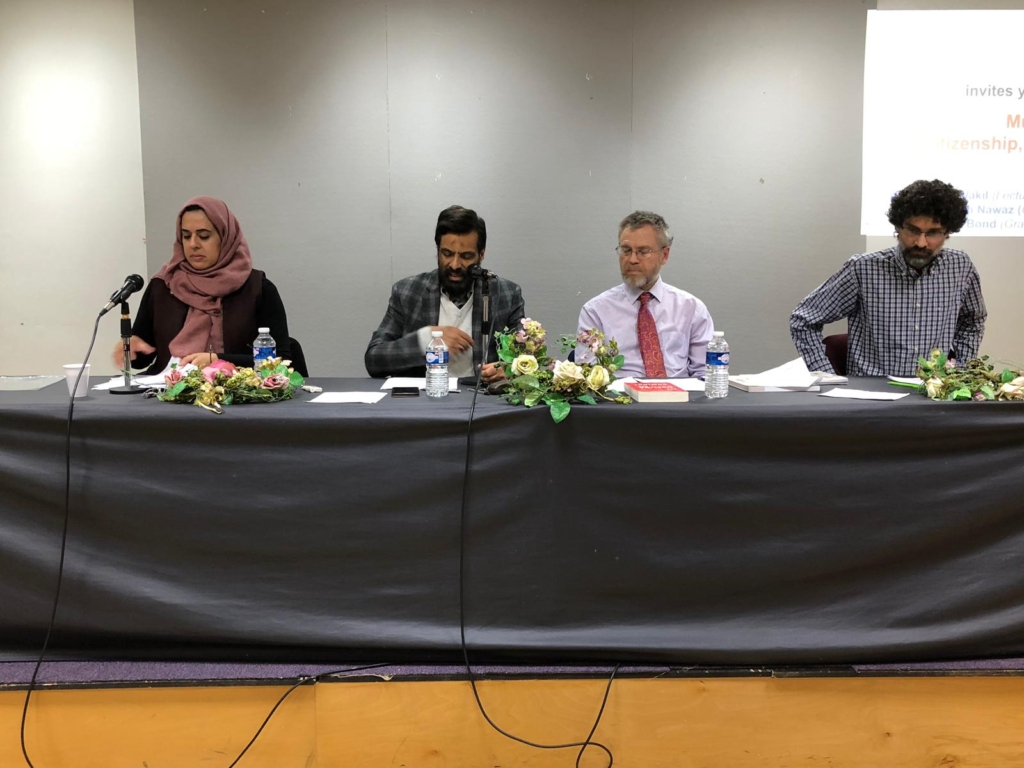Finance ministers and central bank governors from all six GCC states also urged those who have yet to ratify an agreement on monetary union to do so by year end.
The meeting held here yesterday was meant to set the agenda for a rulers’ summit in Kuwait later this year and comes as the region’s economies show signs of bouncing back from the crisis, helped by rising oil prices.
When asked if Gulf States should begin easing back the throttle on government spending, Saudi Arabian Monetary Authority Governor Muhammad Al Jasser told reporters: “Not yet. Not necessarily.”
“The pulling out depends on the pace of the recovery in each country and the pace is not the same in all countries,” he added. “So the pulling out of the stimulus has to be synchronized with the recovery pace in each country.”
Jasser also said Saudi Arabia’s economy was recovering. “Our stimulus is mostly for oil production capacity enhancement and also large development projects we’re implementing. When these projects are finished, then we will reassess the need for additional spending,” Arabian Business Web site reported.
Oman’s central bank, which allocated about $ 2bn to local banks to provide dollar liquidity last November, said it will keep the fund — which it said still has about $ 1.7bn in it — as a buffer but did not see much further demand on it.
“The global financial crisis is receding and the activities are coming back to normal soon,” Oman central bank head Hamood Sangour Al-Zadjali said.
“Since our banks aren’t dependant on foreign markets, I don’t think there’ll be much demand, but we are still keeping this as a buffer.” he added.
IMF head Dominique Strauss-Kahn said the GCC is faring better than other economic blocs.
“The GCC has not been immune to the crisis… but the situation is much better than elsewhere in the world,” he told reporters.
“The crisis has revealed vulnerabilities in some GCC banking sectors which need to be addressed. Nevertheless, these… are of a non-systemic nature and the GCC countries have deployed the necessary resources to keep them contained,” he said in a separate statement.”
The GCC Ministers of Finance and Economy held here on Saturday the 82ndmeeting of the GCC Financial and Economical Cooperation Committee and the joint meeting among the GCC finance and economy ministers, the governors of the GCC central banks and the monetary Agencies and the CEO of the IMF.
Slain Al-Qaeda militants planned massive attack: Saudi Interior Ministry
Arab News: The two Al-Qaeda militants killed in a recent shootout entered Saudi Arabia illegally from Yemen and were planning to carry out a massive attack, an Interior Ministry spokesman said Sunday.
Four explosive belts — three of them ready to use — were found in the car used by the militants in Tuesday’s shootout. The four belts suggest that at least four people were going to take part in the attack, ministry spokesman Maj. Gen. Mansour Al-Turki told The Associated Press. He said six Yemenis who were coordinating with the two militants — Youssef Al-Shihri and Raed Al-Harbi — were also arrested.
“The group was planning a terror attack and each of them had a specific role to play,” said Al-Turki. “The presence of the extra belts indicates they were working with people inside the Kingdom,” he added. Al-Shihri and Al-Harbi were disguised as women as they drove across the border with a third militant who was later arrested.
The three were stopped at a checkpoint in the south of the country, near the border with Yemen. When a female inspector approached the car to check the identities of the “women,” the three opened fire. A soldier was also killed in the violence and another was slightly injured. The shootout followed the attempted assassination of Assistant Interior Minister Prince Muhammad bin Naif by a suicide bomber in Jeddah on Aug. 27.
Like Al-Shihri and Al-Harbi, the attacker, Abdullah Hassan Tali Assiri, was a member of the Yemen-based Al-Qaeda in the Arabian Peninsula. The three were on the Kingdom’s most wanted list released in February. It includes the names of 83 Saudis and two Yemenis living abroad who are suspected of belonging to Al-Qaeda.
A profile of Al-Harbi released by the Interior Ministry in February shows that he was 21 and that his last known address was in Yemen. Youssef Al-Shihri was 25 and he took his nephew, 16-year-old Abdul-Ilah Al-Shihri, with him to Yemen, according to the profile.
Saudi television showed the bloodied bodies of the militants, including the explosive belts they were wearing, at the site of the shootout. Al-Turki said one of the belts contained almost 300 tiny metal rounds while another contained 500 grams of RDX explosive, “a reflection of the magnitude of the crime they were planning to carry out and their intention to kill the largest number of people possible.”


